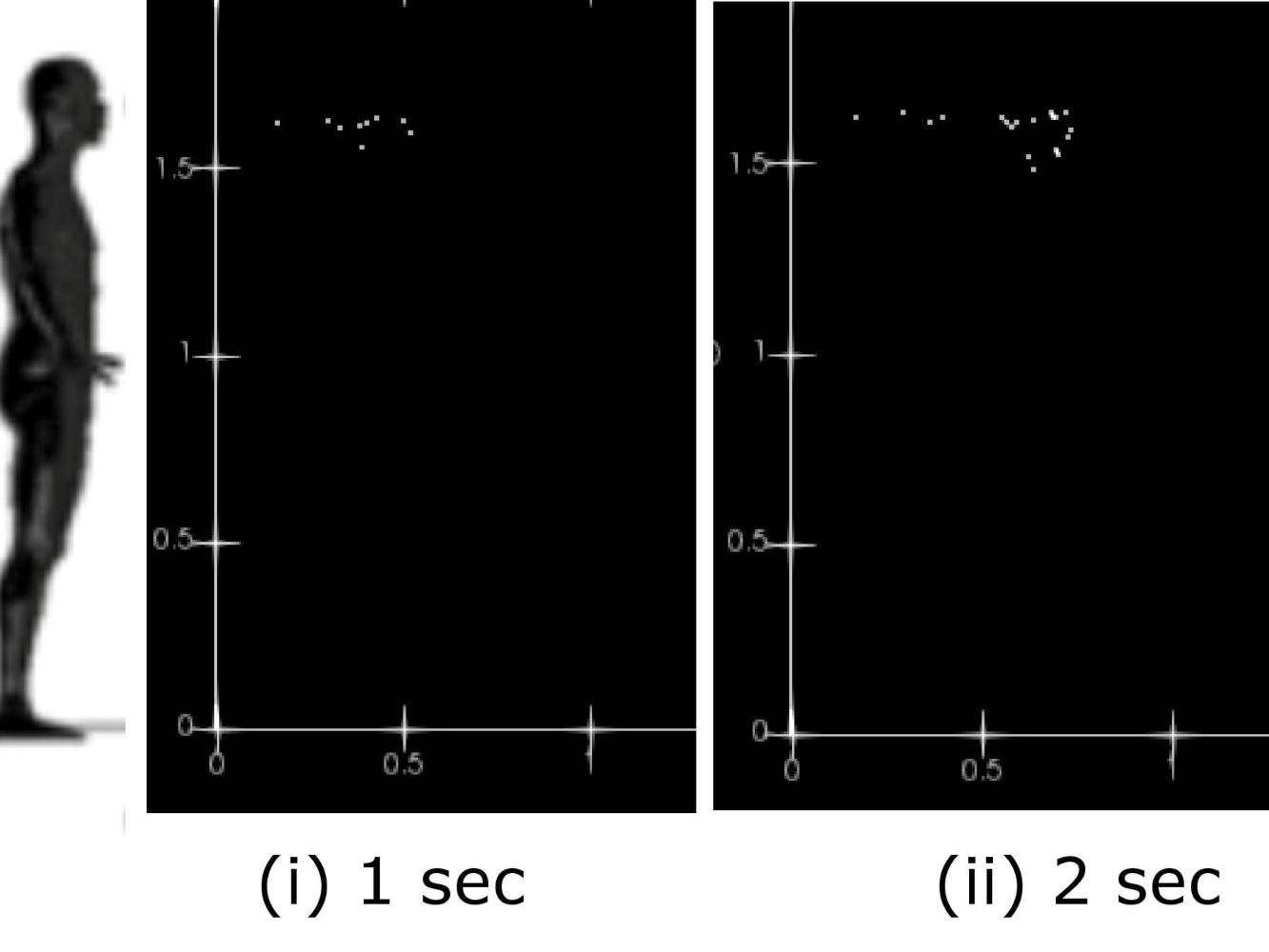RGU researchers demonstrate the impact of talking or breathing on COVID-19 transmission
Dr Mamdud Hossain and Dr Nadimul Faisal from the School of Engineering write about their COVID-19 research
Since the start of the pandemic, the World Health Organisation, Centres for Disease Control and Prevention and National Health Service, have provided guidelines on measures to prevent the spread of COVID-19 in the community. These include physical distancing, wearing a mask, keeping rooms well ventilated, avoiding crowds, cleaning your hands, and coughing into a bent elbow or tissue.
But we now know that COVID-19 can transmit easily from an infected person (either symptomatic or asymptomatic) through coughing, sneezing, talking, breathing or singing while in close quarters with susceptible people who may inhale the virus laden air flows.
We have undertaken research on COVID-19 transmission while talking or breathing.
The role of aerosols
Research is increasingly showing that the COVID-19 virus is transmissible via smaller droplets known as aerosols which is expelled from our mouths or nasally. Moreover, it is now well established that a significant spread of COVID-19 happens through asymptomatic people indoors; since an asymptomatic person does not cough or sneeze, the aerosols are dispelled when talking and breathing.
Through a research funded by RGU COVID-19 Pump Priming 2021, we were able to demonstrate that aerosols released when talking and breathing can travel significant distances and stay airborne for a long time.
By applying computational fluid dynamics technique we tracked the movement of aerosols released during talking and breathing from a standing person. We then compared the distance travelled and the floatation time of aerosols released due to coughing, talking and breathing.
Although coughing releases a large number of droplets and aerosols within a short burst, a smaller number of droplets and aerosols are released during talking over a much longer time. We identified that the aerosols released due to continuous talking travel a similar distance to that released due to sudden coughing. On the other hand, aerosols exhaled from breathing do not travel a long distance but float in air for a long time. The figure below shows how aerosols disperse while continuously talking.
How to protect yourself
The main implication from our findings is that while talking with someone, we should always maintain at least 1.2m distance and avoid standing face to face. While standing in a queue, don’t move up the queue as soon as it becomes available, as the aerosols released from the person breathing stays airborne for more than a minute.

